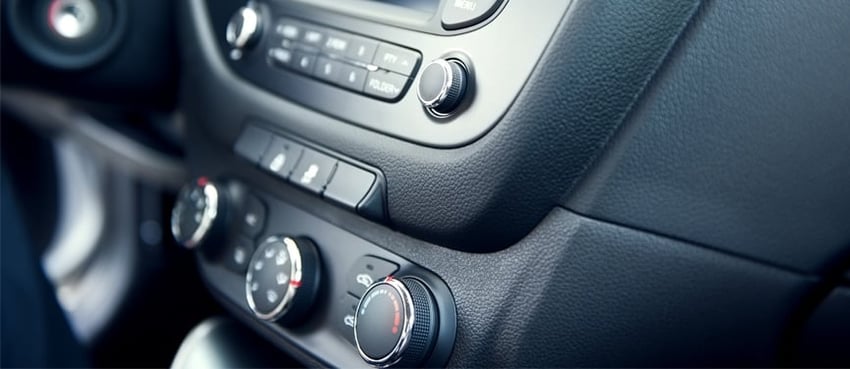In 2014, a large manufacturer of automotive exteriors and interiors encountered a problem consistently adhering paint to their dashboards due to inappropriate use of their flame treatment.
Flame treatment is a popular and notable procedure that can successfully modify the surface chemistry of a polymer, readying it for adhesion. Although flame treatment is an effective solution, determining the amount of treatment can be a delicate procedure. The over-flaming of these highly sensitive polymers can lead to polymer reorientation due to localized melting and, ultimately, the destruction of the surface.
In this case, however, the manufacturer was not utilizing flame treatment to monitor their surface cleanliness. Instead, they used it to de-flash excess material on the edges of their dashboards. The edges of the dashboard were being over-flamed, hindering the polymer’s surface adhesion ability. This, in turn, restricted paint from correctly adhering to the edges of the dashboard. The company needed a way to determine the appropriate amount of flame treatment.
Optimize the power of next-gen connectivity with data & surface intelligence.
At the time, the company enlisted dyne inks for their surface cleanliness tests. However, their low-energy polymer was outside of the dyne ink range, and because dyne inks are destructive, the manufacturer’s parts were damaged during the testing process.
Brighton Science got involved and quickly assessed the problem and fixed the issue. Collaboratively, a method was developed to determine the appropriate flame treatment for optimal surface cleanliness. The surface was measured before and after flame treatments, and then paint was applied to the surface. To determine the surface's adhesive ability, a paint peel test was performed. They adjusted their flaming process by flaming closer, further, faster, or slower to the surface of the dashboard.
Because of these tests, and the use of the Surface Analyst, the manufacturer was able to determine the desired surface cleanliness parameters and appropriate flame treatment process. With the suitable flame treatment process resolved, the surface regained the ability to adhere to the paint. Not only did the Surface Analyst provide more accurate testing, but it also decreased the number of wasted materials by $230,000 that dyne inks caused in the destruction of tested materials.
The Surface Analyst provided a fast, easy, accurate, and nondestructive way to monitor surface cleanliness. The manufacturer replaced their dyne ink methods with the Surface Analyst and uses it successfully to this day. The company now obtains precision measurements, decreases the amount of waste, and collects accurate and quantitative data.
Struggling with adhesion failures? Been there. Solved that.

